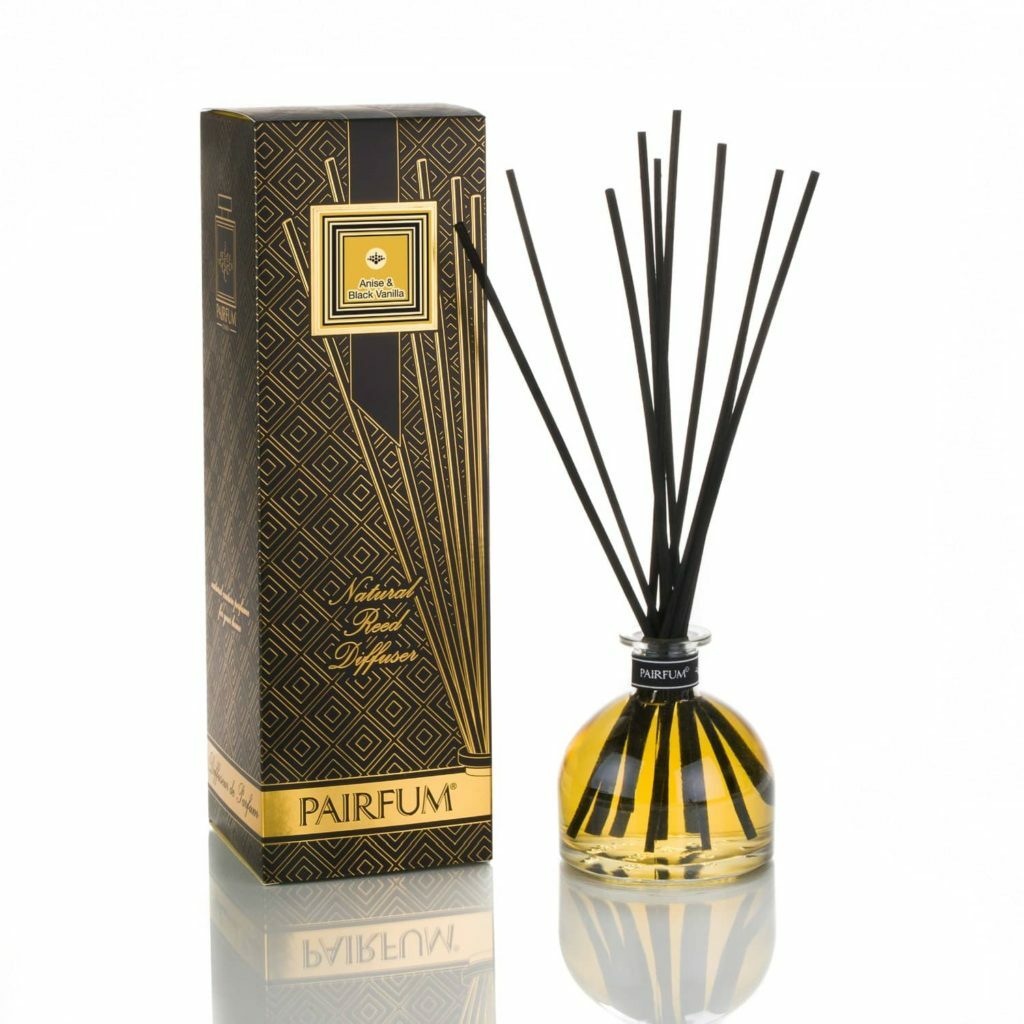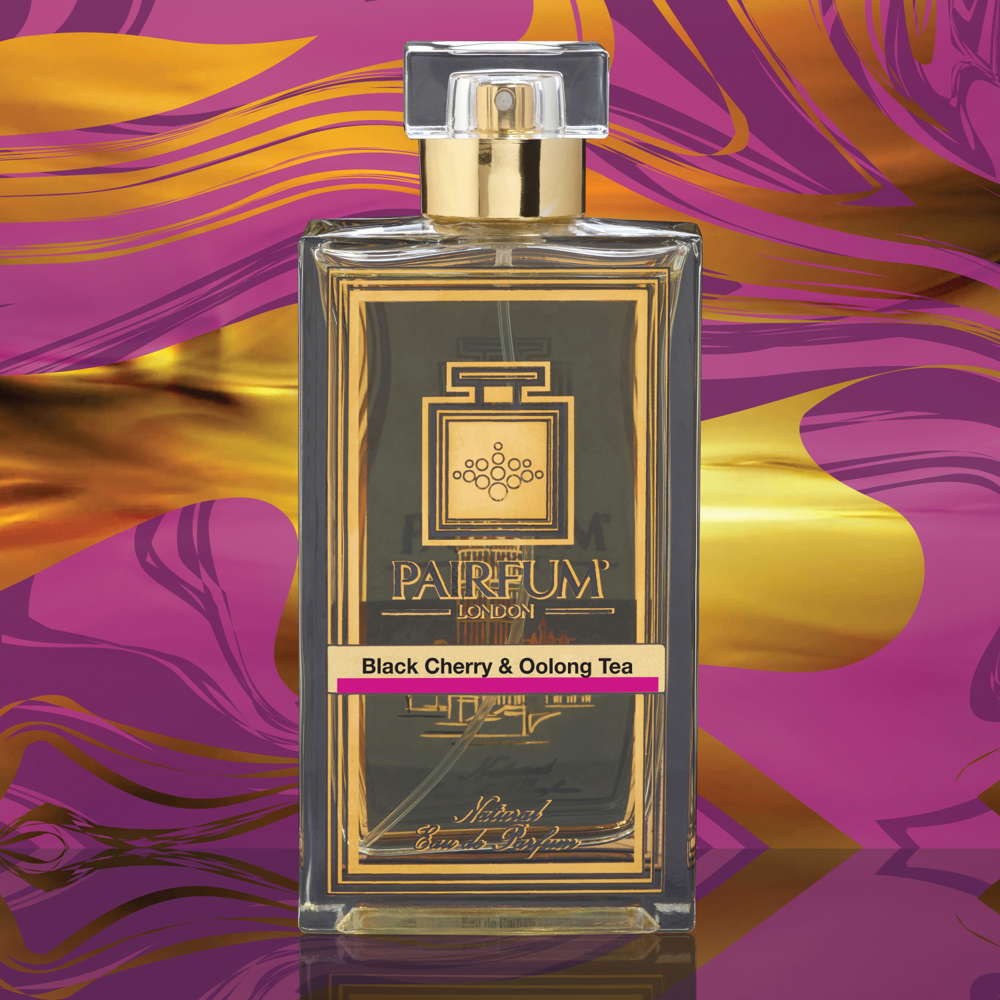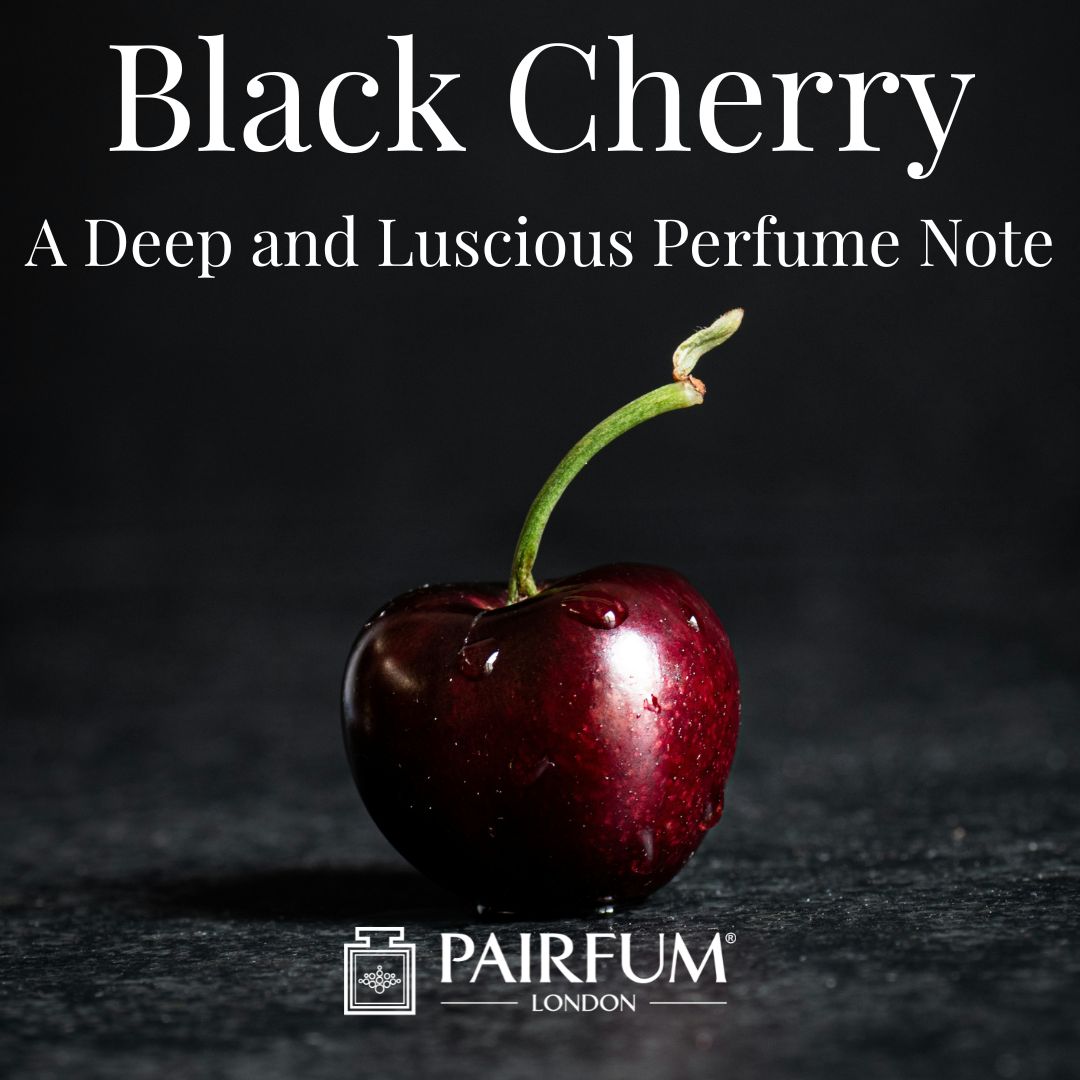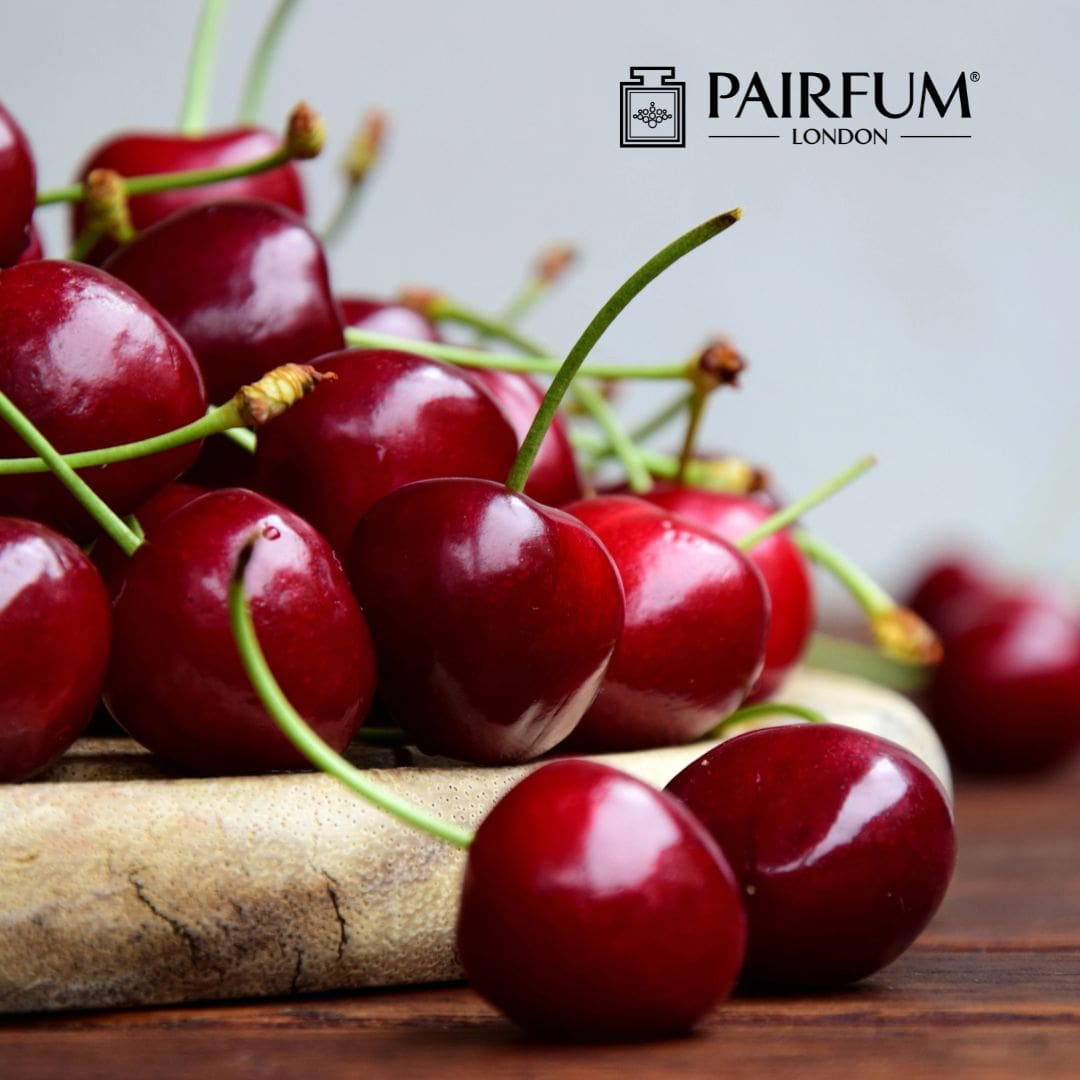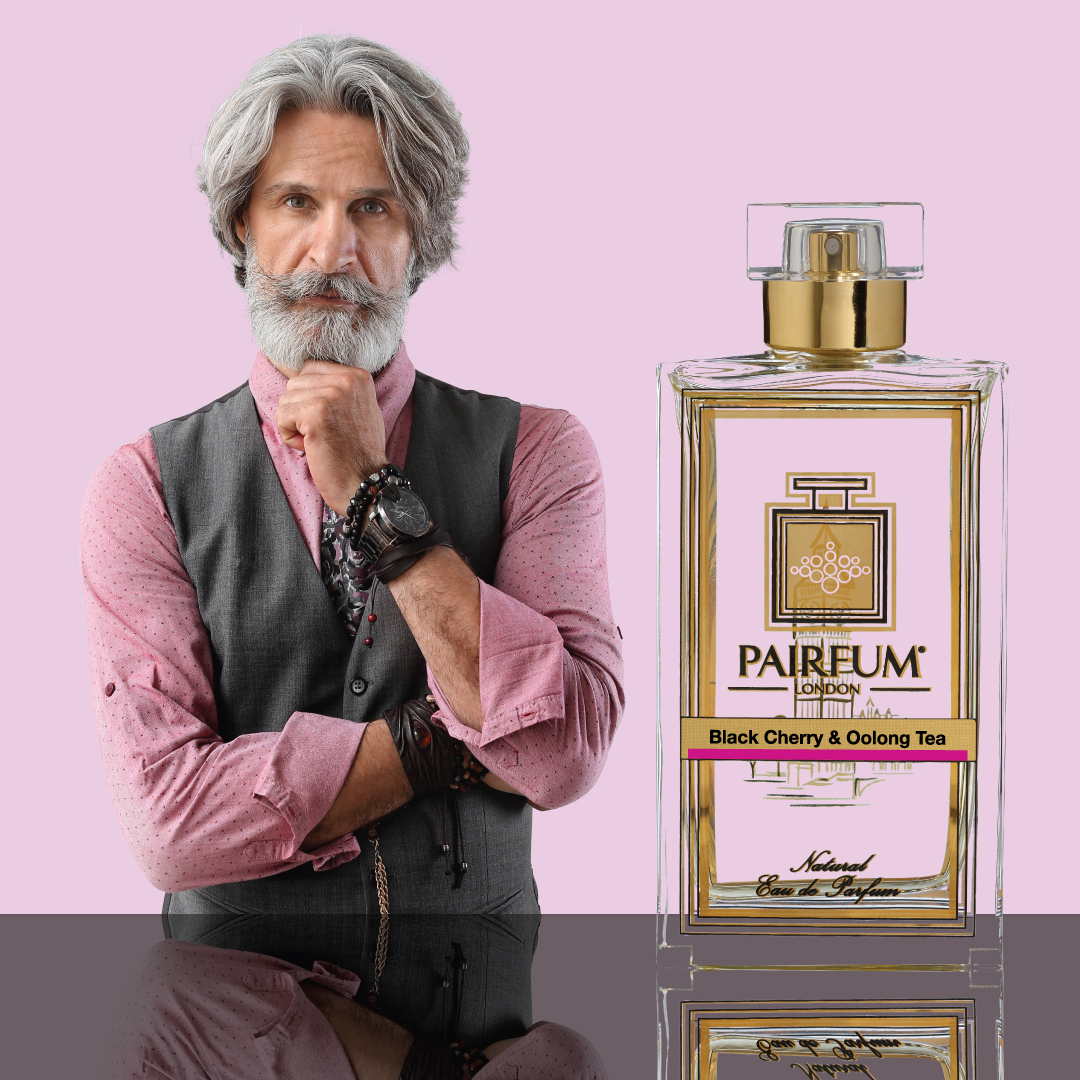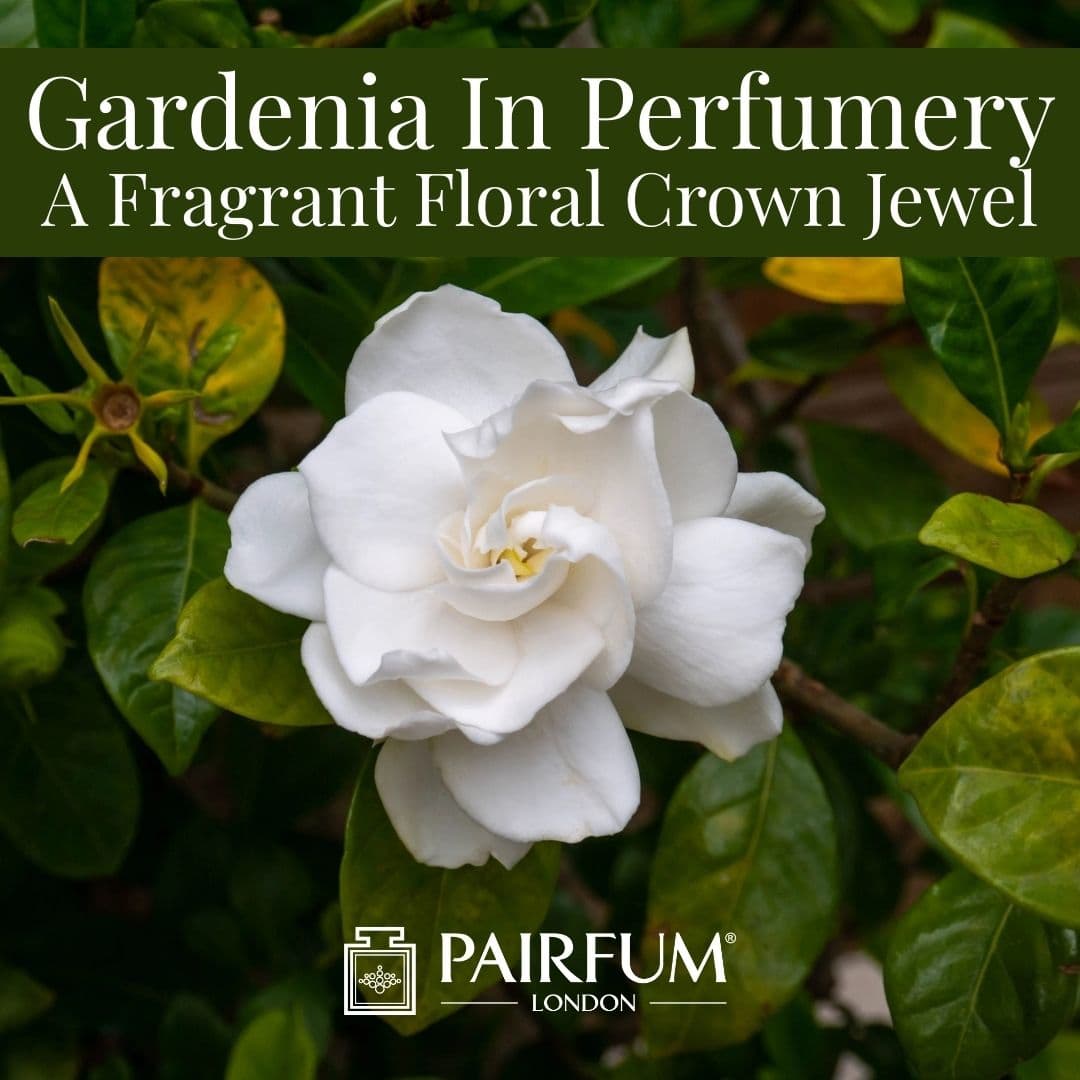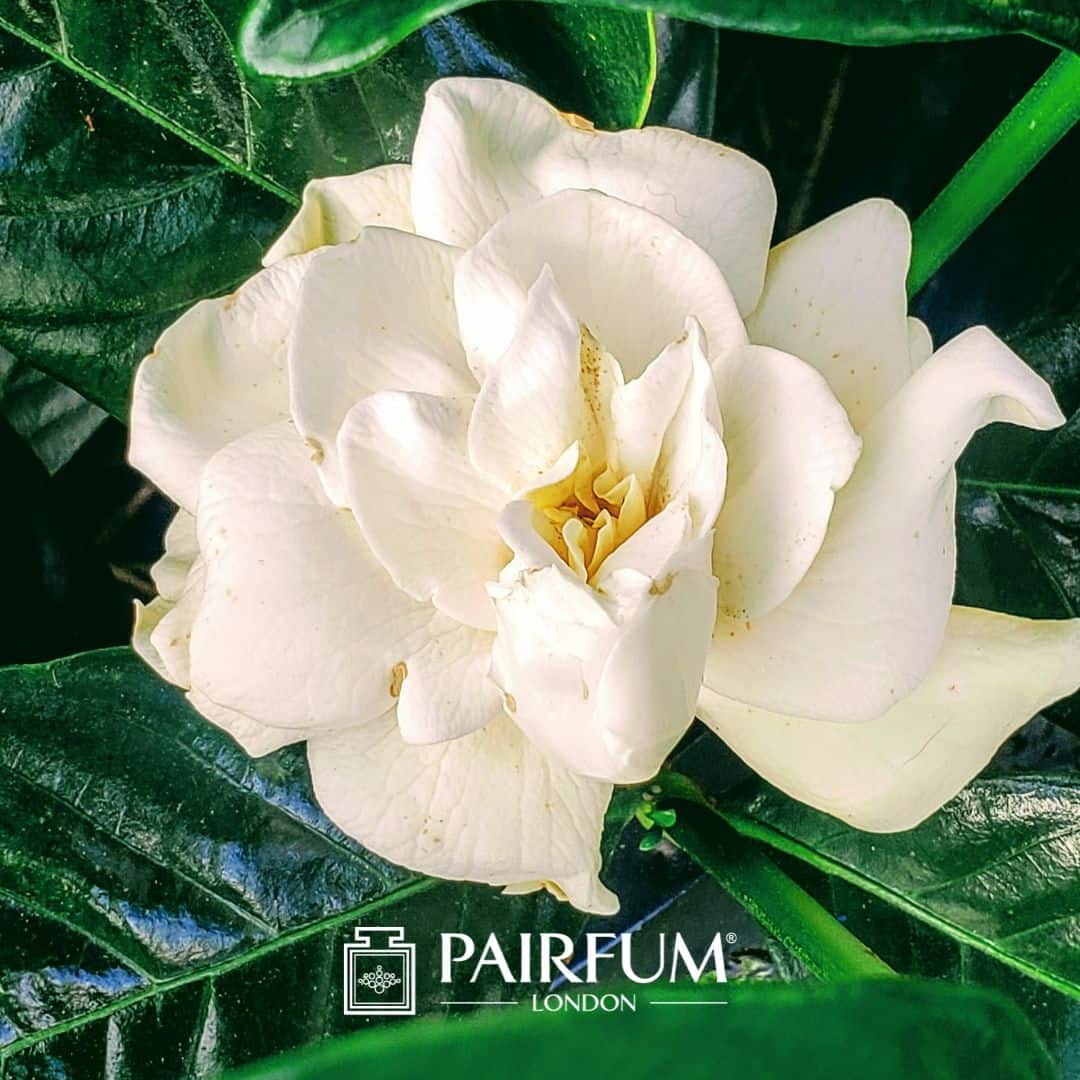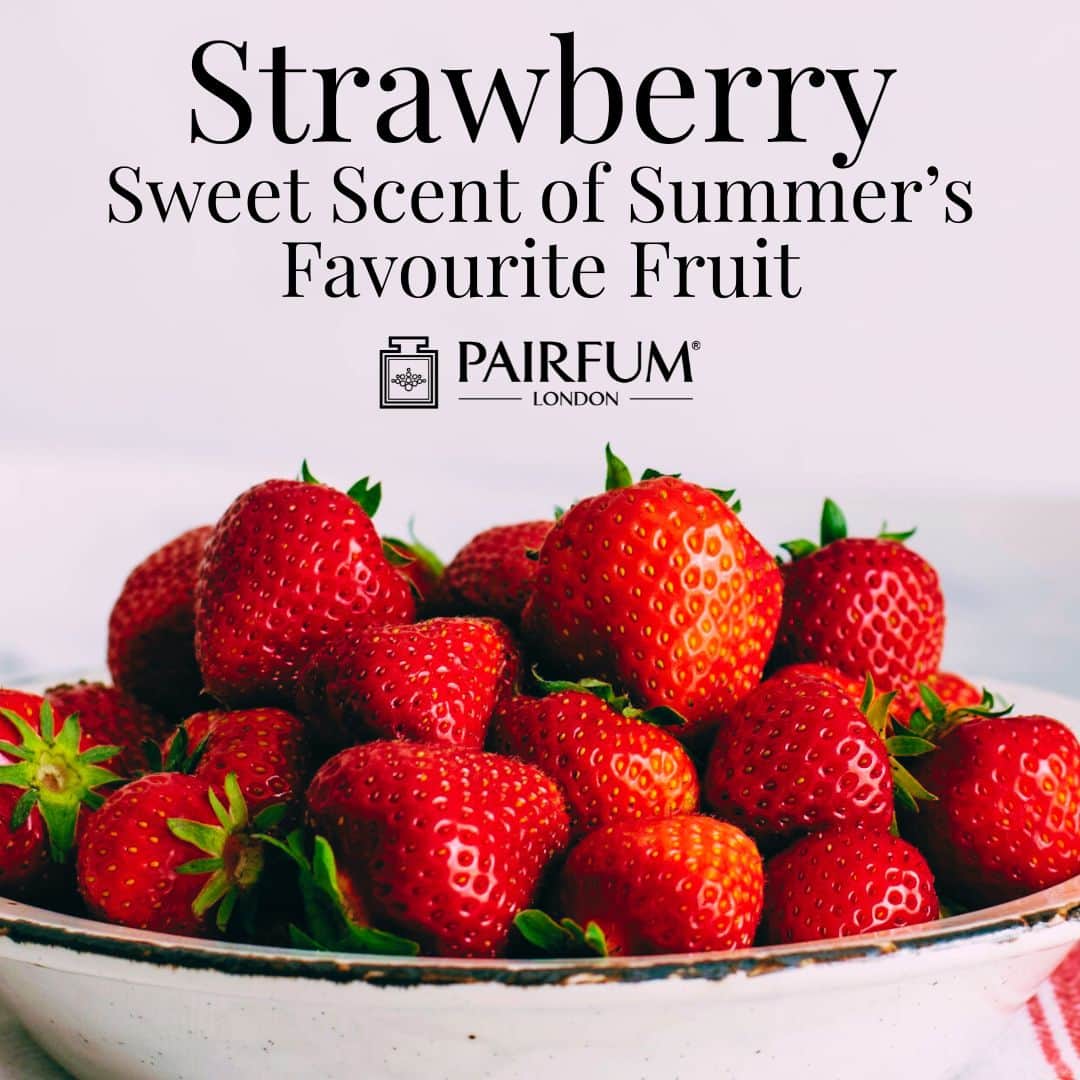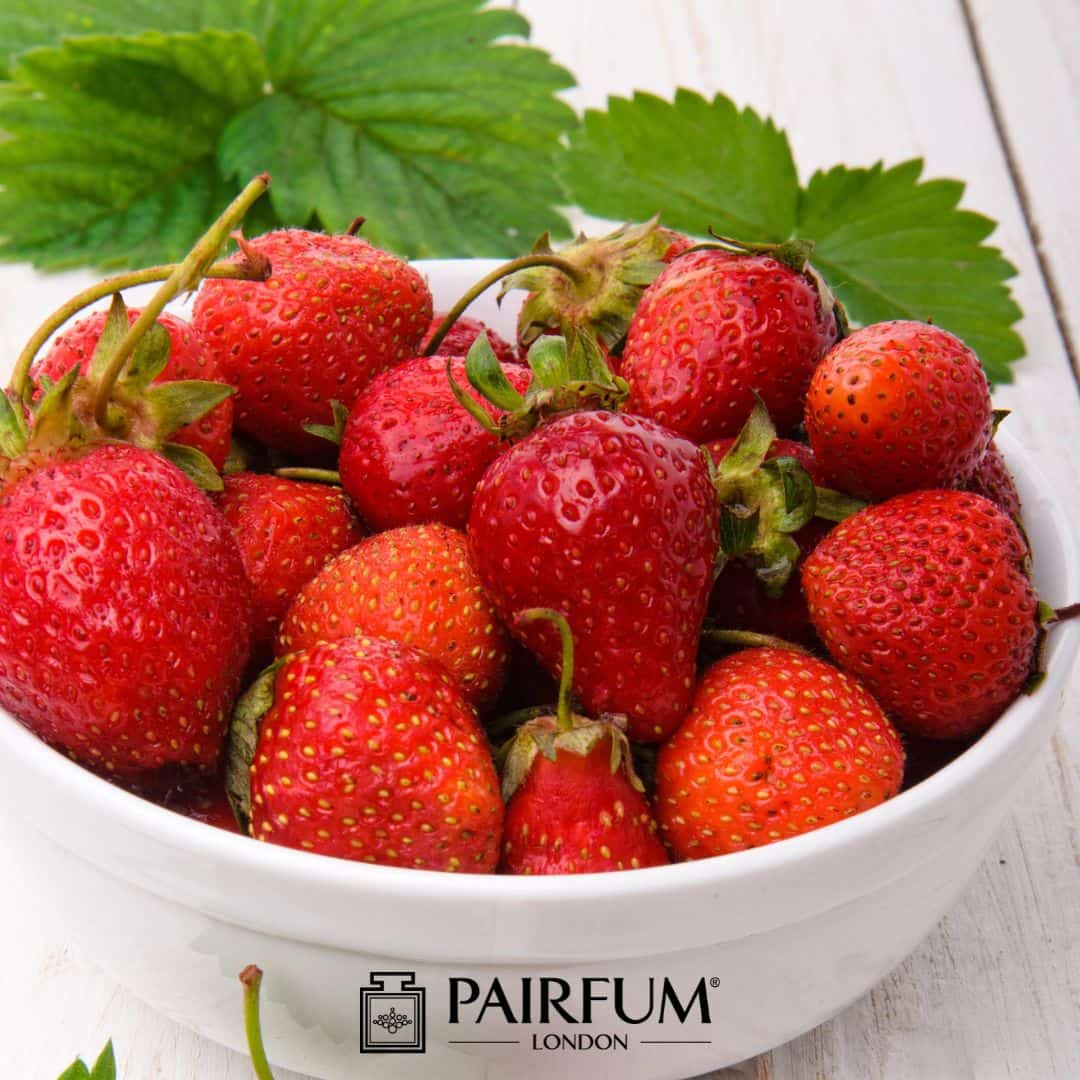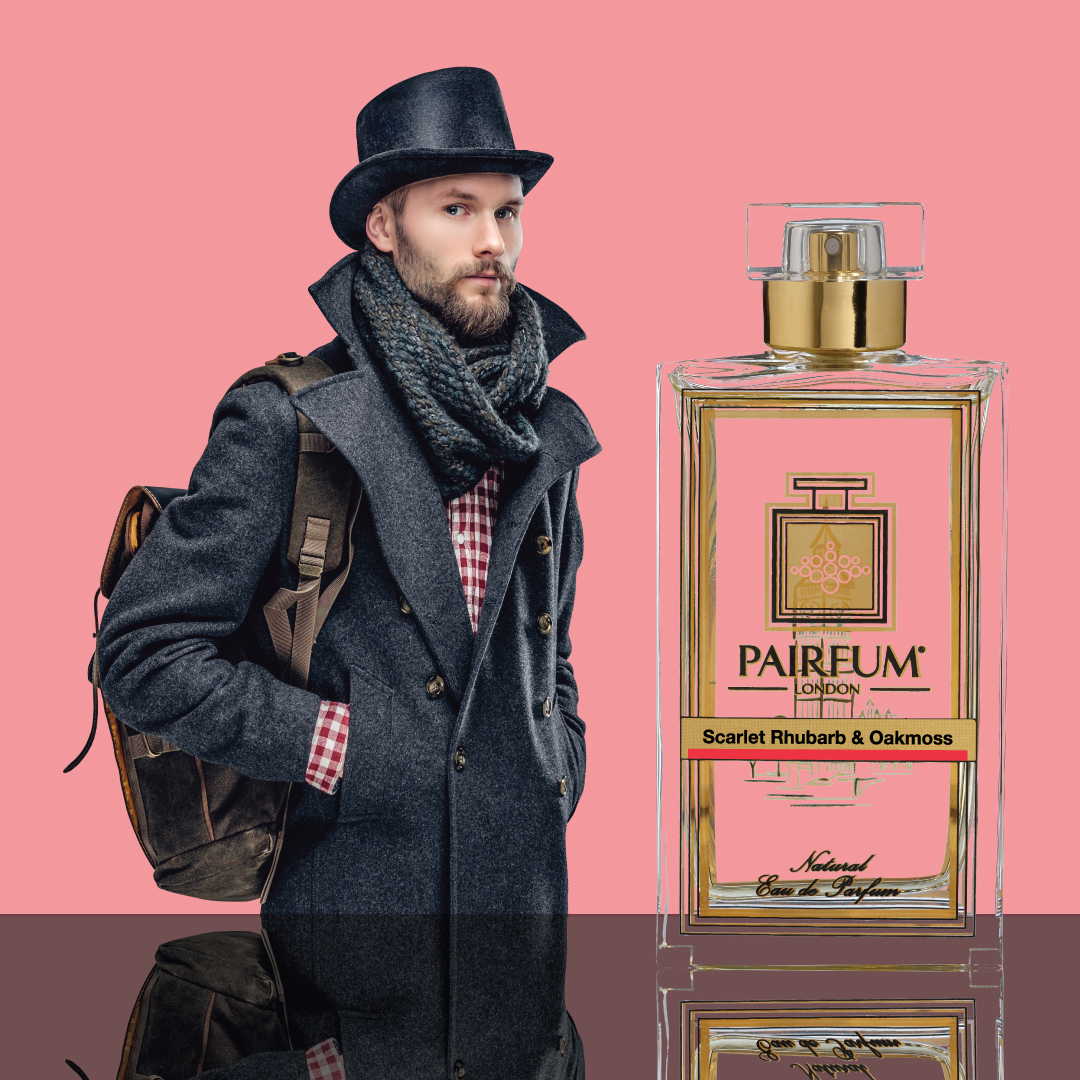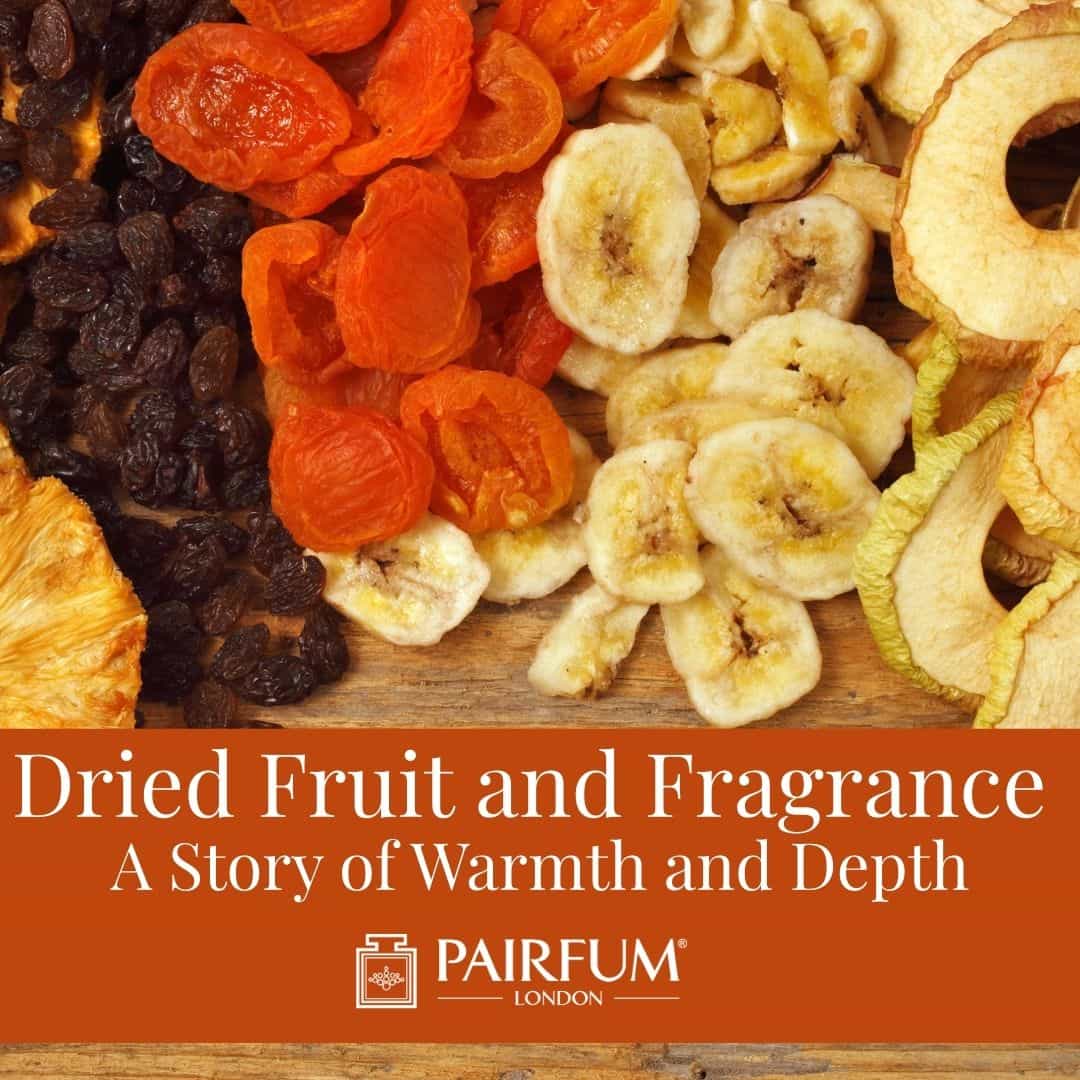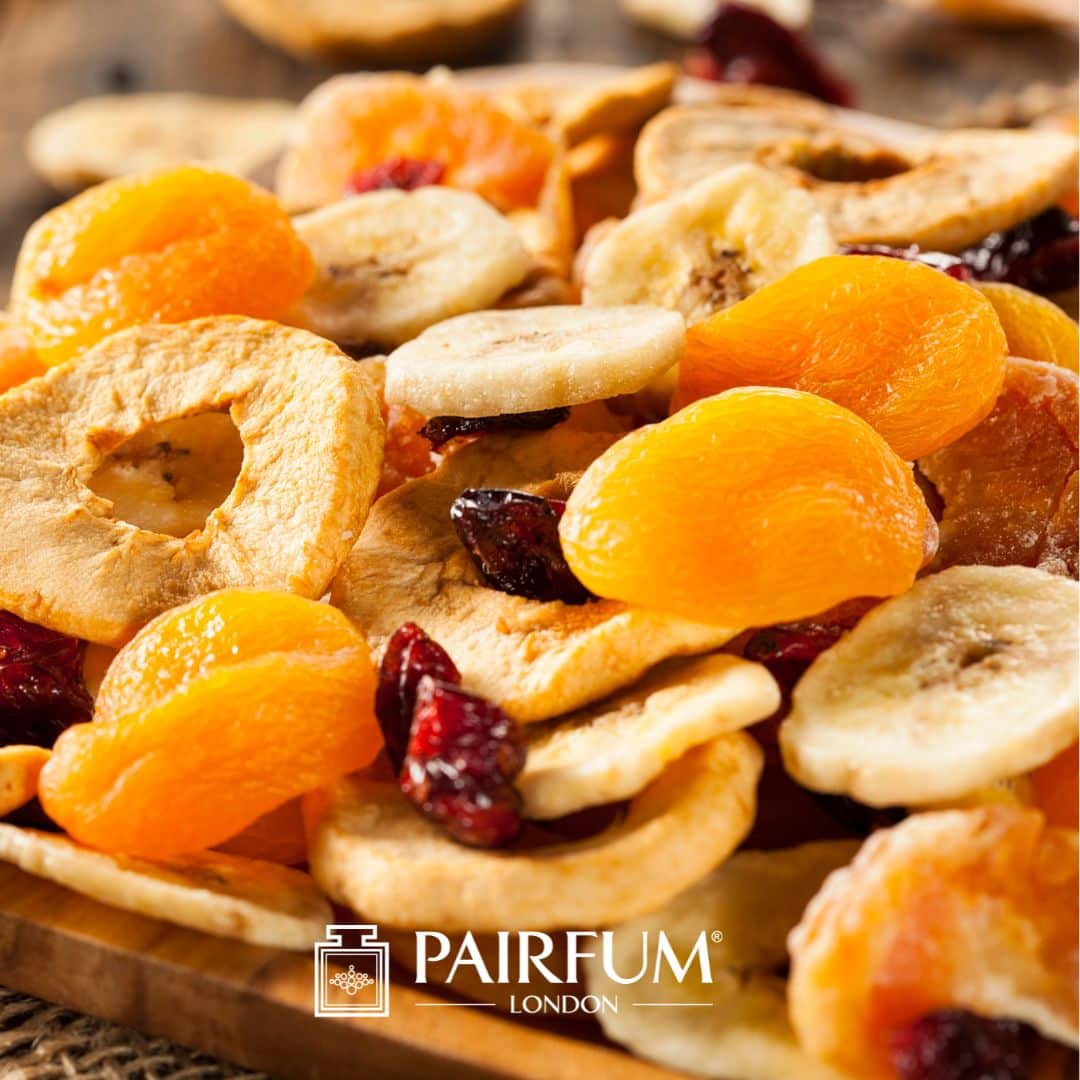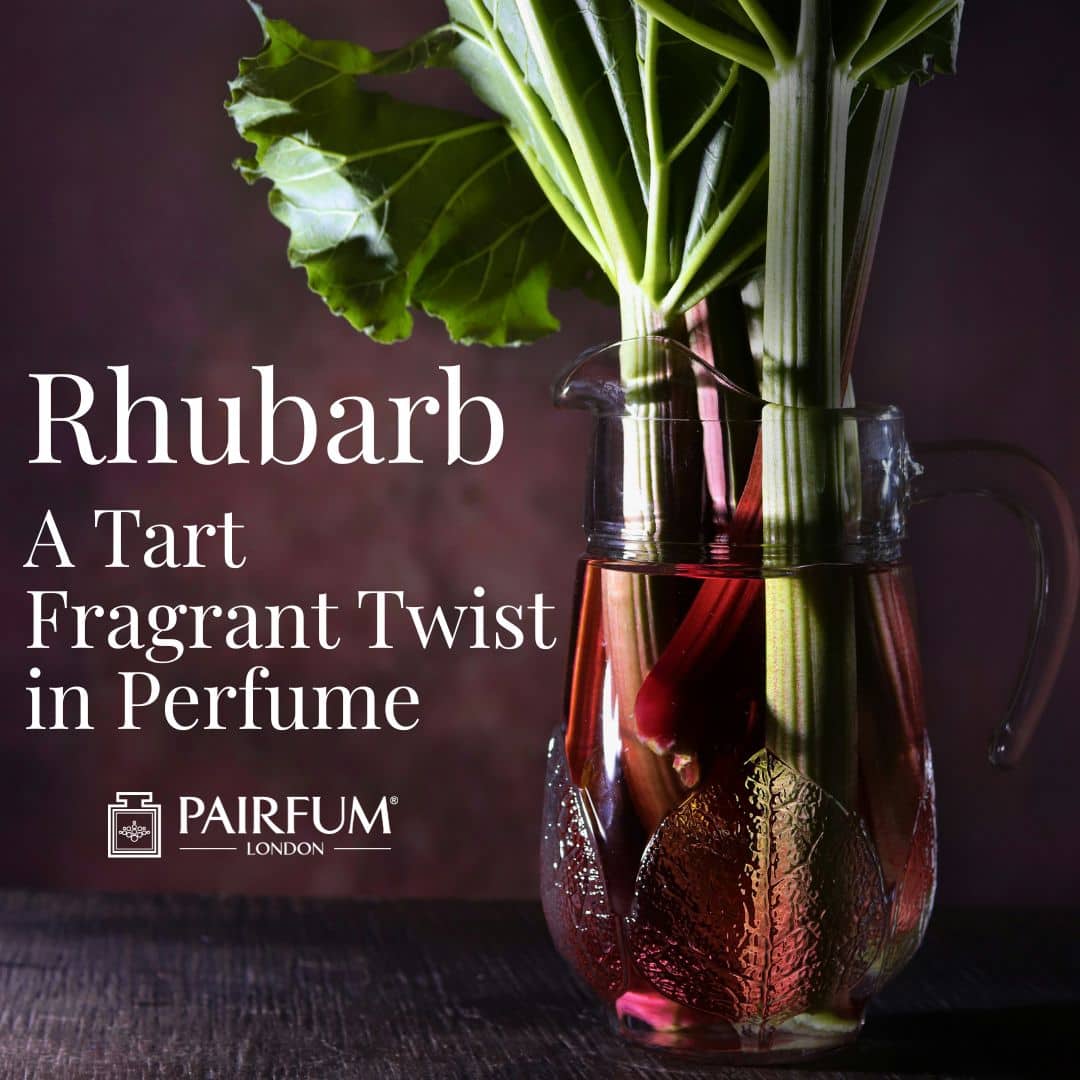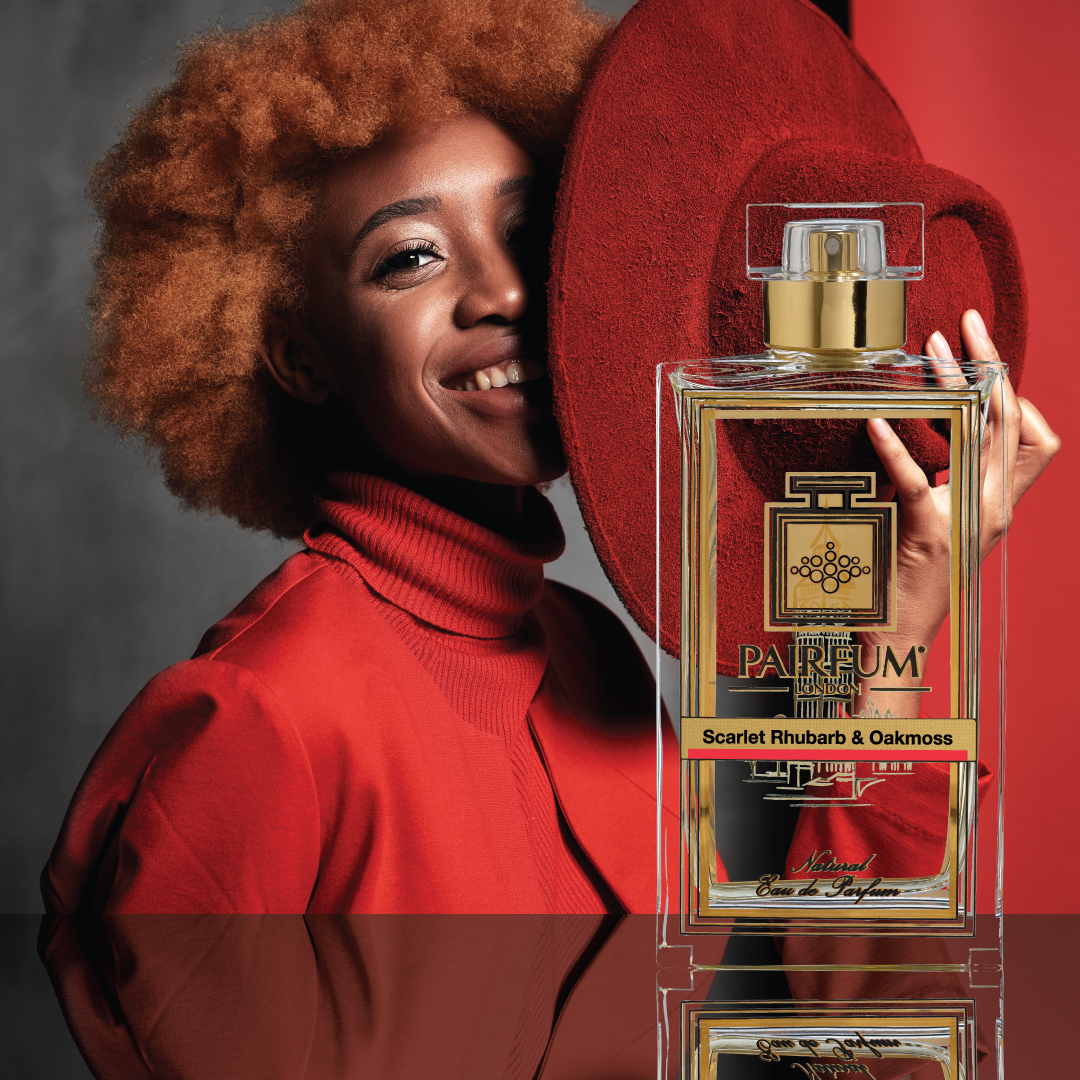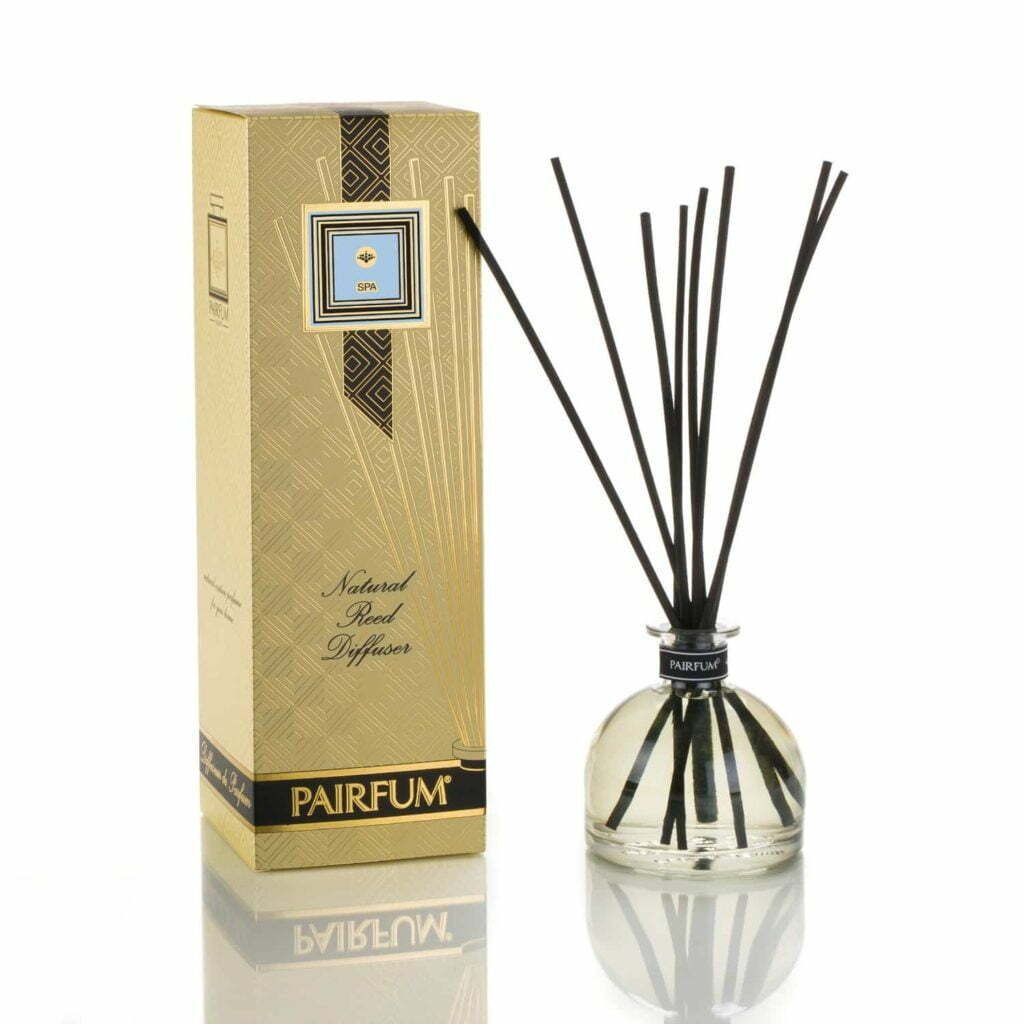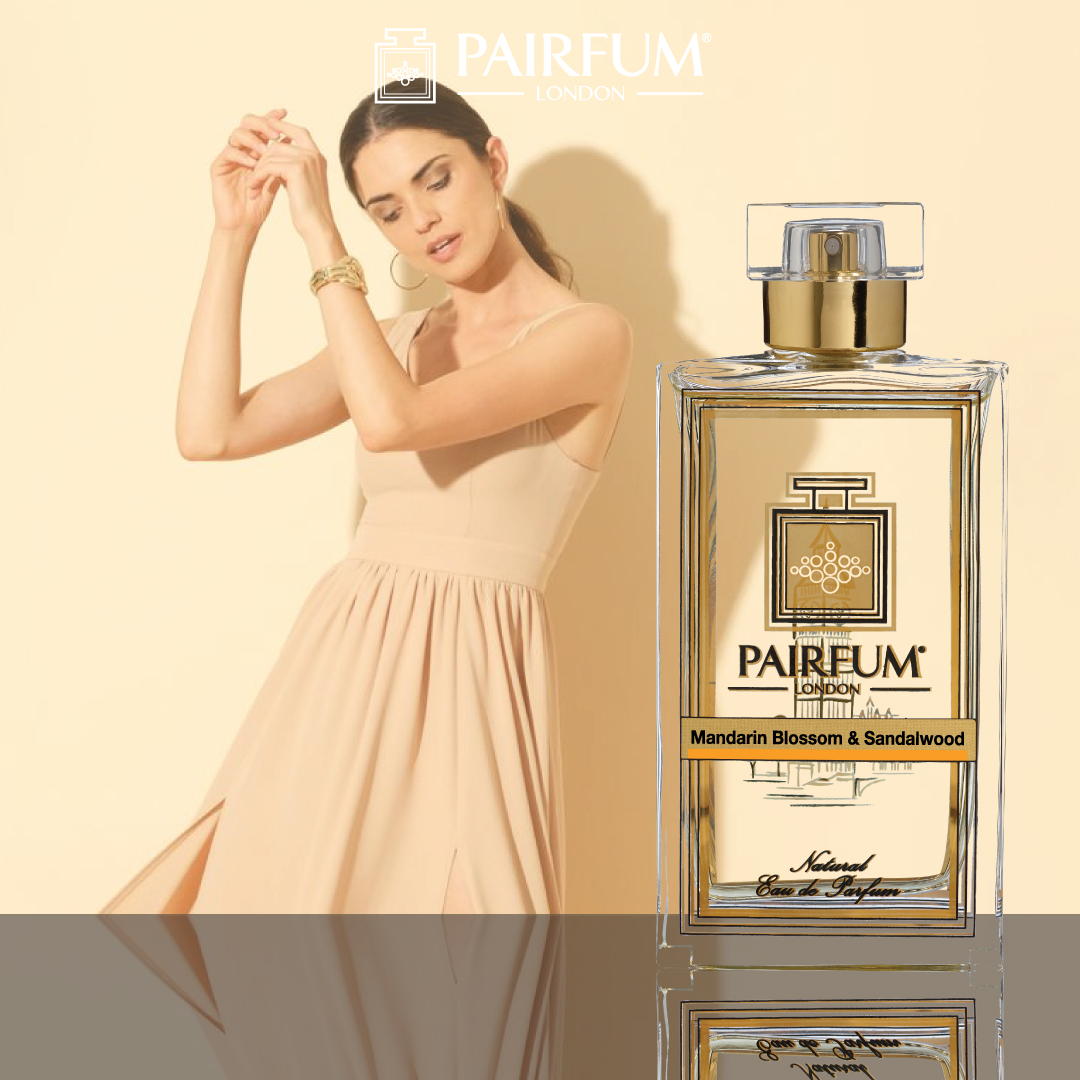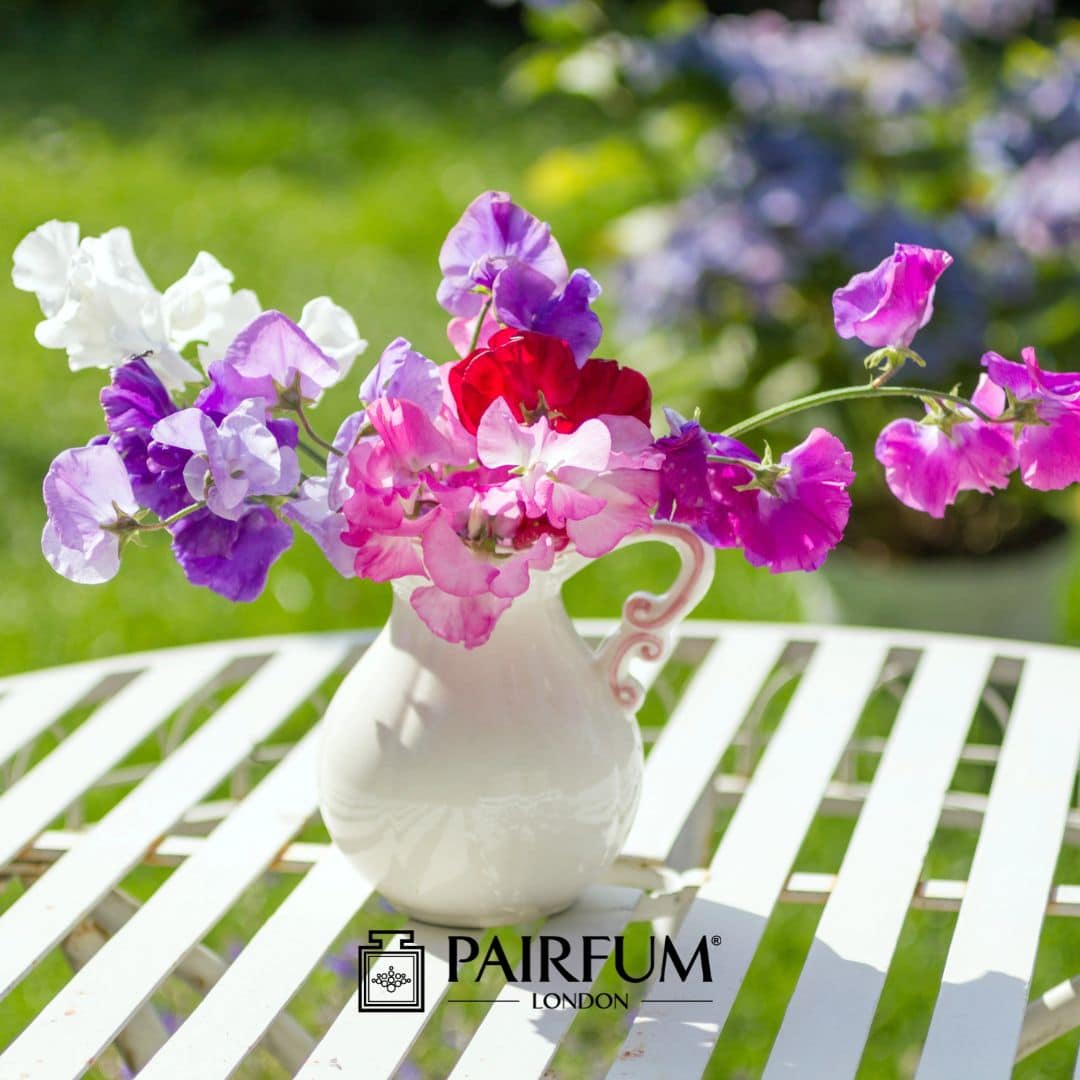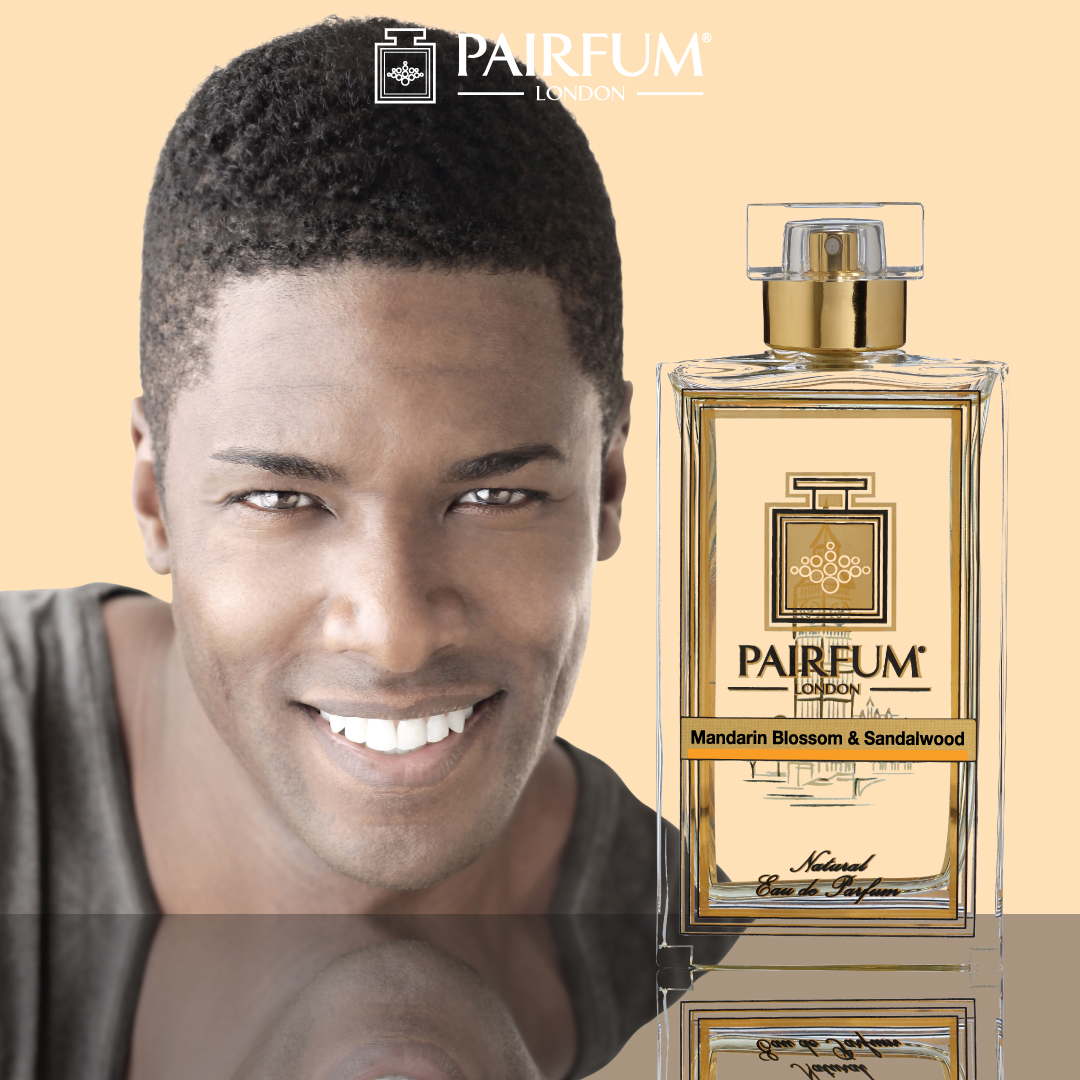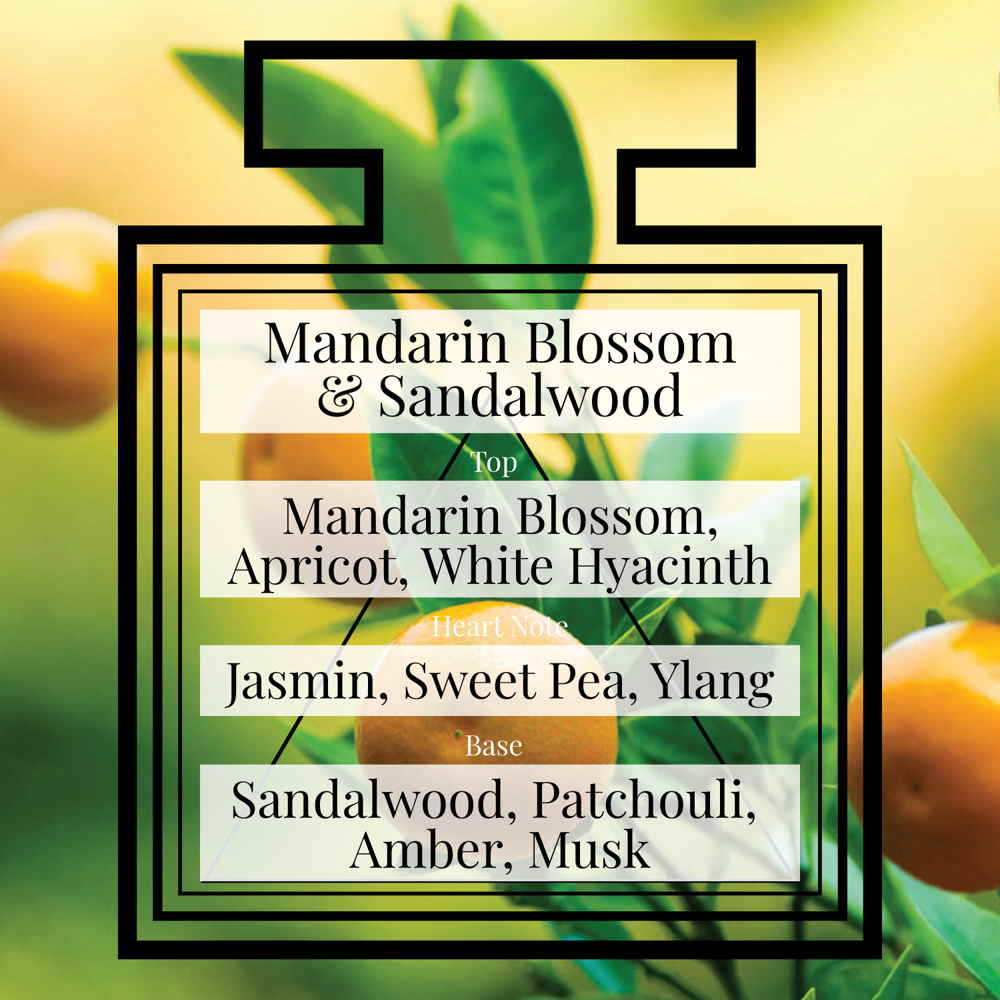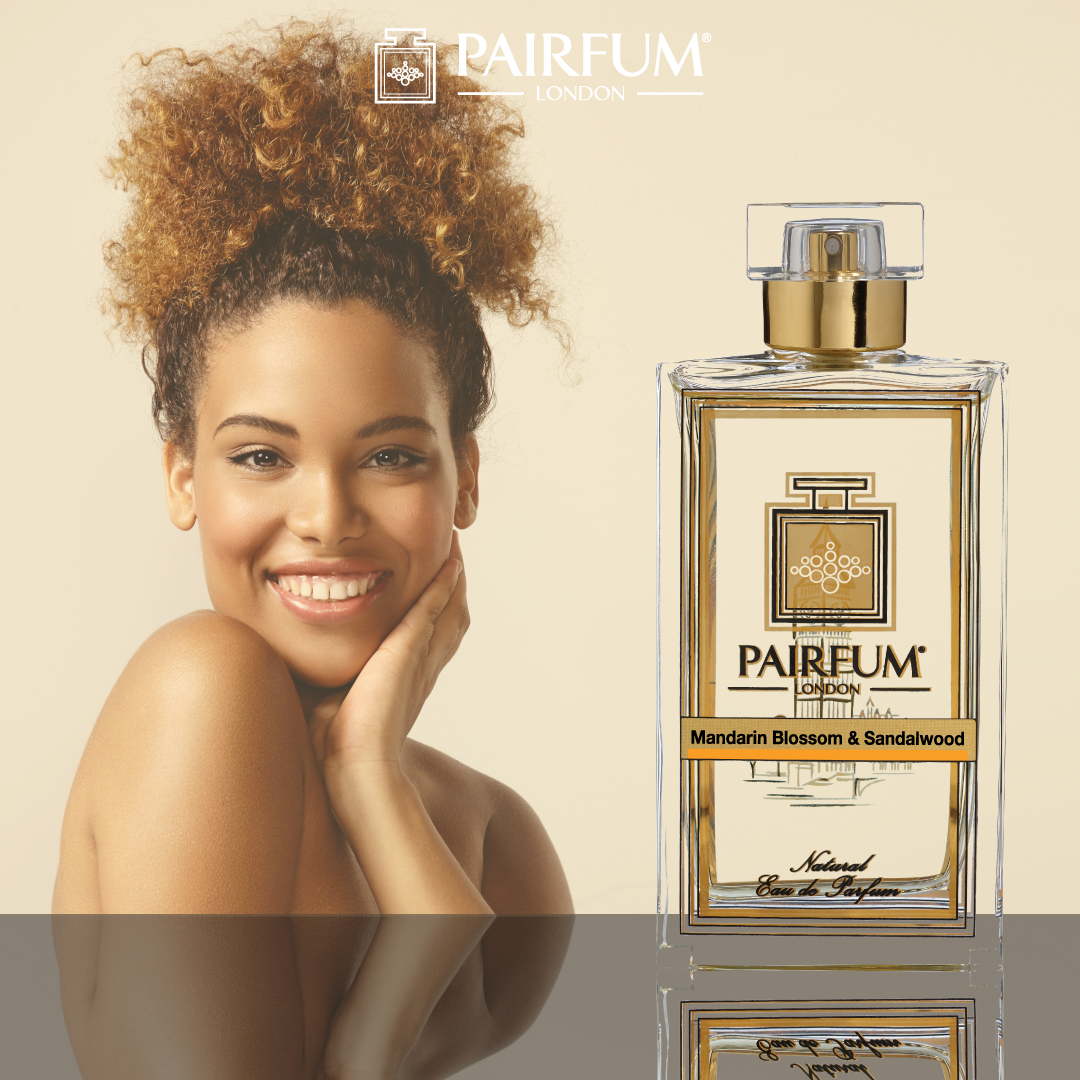Red berries are among the most captivating notes in perfumery. Their juicy sweetness, rich colour and connection to nature have made them an enduring source of inspiration for fragrance makers. Each red berry carries a unique balance of freshness, tartness and sweetness that can transform a perfume. Whether it is the mouth-watering aroma of strawberry, the velvety depth of raspberry or the crystalline sharpness of a cranberry, red berries bring brightness and energy to fragrance creations.
The attraction is more than just aroma. The sight of bright red berries glistening in a garden or along a berry bush taps into symbolism of vitality, romance and abundance. The red fruit itself often feels mystical: as edible fruit, some become delicious seasonal treats, while others such as holly berry or red chokeberry are strikingly beautiful but not suited for eating. This duality of allure and caution has carried over into perfume, where the seductive yet playful quality of red berries enchants wearers everywhere.
A Historical Glimpse into Red Berries and Fragrance
The role of berries in scent is centuries old. Ancient societies incorporated wild berry and edible berry oils into ointments and balms not only for enjoyment but for ritual practice. Strawberries were dedicated to love deities, while hawthorn berries and holly berry featured in seasonal ceremonies, often appearing in winter celebrations such as those surrounding the Christmas tree where their bright red fruits symbolised renewal in the depths of winter.
In medieval Europe, herbalists infused carrier oils with ripe berries, cranberries and even gooseberry for supposed healing properties. Jelly made from blackberries or raspberry juice was used as both remedy and indulgence. These practical uses sat alongside the symbolic, intertwining food, medicine and fragrance. Over time, berries evolved from kitchen and garden staples into perfumery notes. Their association with emotion, folklore and connection to nature made them enduringly beloved.

The Personalities of Different Red Berries
One of the reasons berries are so appealing in perfumes is their tremendous variety. Each carries its own character, letting perfumers capture many moods.
- Strawberry: With playful sweetness, the strawberry note appears in perfumes to conjure innocence and flirtation. The sense of summer ripeness it conveys feels like freshly picked berries turned into an indulgent dessert. The strawberry also inspires other creations such as jelly or ice cream, where the perfumed sweetness translates directly into flavour.
- Raspberry: Jammy and vibrant, raspberry lends depth and warmth. Raspberry juice and raspberry accords are often paired with roses or vanilla to add sensuality. In perfumery, raspberry highlights lushness while remaining versatile and contemporary.
- Cranberry: Tart, sharp and refreshing, cranberry brings lift and clarity. It brightens compositions and provides elegance without overwhelming the senses.
- Cherry: Often associated with indulgence, cherry is luscious, sensual and slightly gourmand. Its almond-like undertones help it work beautifully with musks or resins. A single cherry note often shapes an entire perfume story.
- Red Currant: Effervescent and sparkling, the red currant note creates a champagne-like freshness. It works particularly well in the opening stages of a fragrance, adding instant vibrancy.
- Lingonberries, Goji Berries and Gooseberry: More unusual choices such as lingonberries offer woodland sharpness, while goji berries bring exotic, honey-like brightness. Gooseberry adds tangy freshness and depth to fruit-led blends, making these berries fascinating additions.
- Blackberries and Blueberry: Though edging beyond pure red fruits, their darker shades add richness and depth. They bring a wild berry quality, full of woodland nostalgia.
- Red Chokeberry, Aronia arbutifolia and Silver Buffaloberry: These small red berries grow in clusters on a deciduous shrub or a small tree. More often used for their ornamental beauty than as edible fruit, they inspire perfumers who look to nature for visual allure as much as for aroma.
- Hawthorn Berries and Holly Berry: Both appear as bright red berries within foliage, with hawthorn linked to hedgerows and holly to evergreen forests and winter rituals. While not common in perfume itself, the imagery they convey often inspires fragrance compositions full of green leaf, white flowers and red fruits that echo nature.
Together these berries create an expansive aromatic language. Some are sweet, some tart, some exotic and some reminiscent of woodland walks among foliage and leaves.

Red Berries in Nature: Edible and Symbolic
In gardens and the wild, bright red berries can be either nourishing or dangerous. Edible red berries such as strawberries, raspberries, blueberries, gooseberry and blackberries are filled with vitamins and antioxidants, celebrated for their flavour and used in countless recipes. From freshly picked berries eaten raw to jelly, ice cream and desserts, they enrich daily life as edible fruit.
On the other hand, bright red berries like those found on holly or yew can be harmful if eaten. Identifying which berries are safe versus which are not has long been essential knowledge for foragers. This intriguing mix of attraction and caution has helped shape how berries are perceived in perfume too. The duality of a red berry that looks inviting but needs to be treated with respect mirrors the sensual tug found in many fragrances.
Berries on every berry bush, shrub, plant or tree enhance landscapes. Their foliage and leaves, often contrasting with bright red berries or in some cases white berries, create visual drama. This interplay of colour makes them cultural symbols of passion, life and vitality.
Extraction and Creation
Capturing the smell of red berries is complex. Unlike white flowers or more aromatic plants, most berries do not yield strong oils. Instead, perfumers often turn to maceration, distillation or more commonly, modern aroma chemistry. Synthetic accords allow artists to recreate the subtle sweetness of a strawberry, the tartness of a raspberry or the juiciness of cherry, while preserving freshness and ensuring a sustainable approach.
Some natural dyes historically also came from berries, with red dye produced from certain wild fruits and leaves of plants. Though largely replaced by other techniques today, this heritage shows how fruit and foliage once offered multiple roles across art, nature and culture

Berries in the Fragrance World
Where do berry notes sit in the fragrance universe? Classically, they fall into the fruity family. They layer beautifully with florals such as white flowers, or with warmer notes from woods and vanilla. A strawberry accord creates a playful fruity floral, while raspberry combined with spice and leaves offers something more sensual.
Berries often play with seasonality. Summer fragrances frequently highlight freshly picked berries, ripe berries or fruity accords like gooseberry and blueberry, evoking freshness. Winter perfumes often feature cherry or cranberry paired with spices, echoing the decorative berries that cluster on a Christmas tree, holly bush or a small tree with bright red fruits.
Famous Uses of Berry Notes
Numerous perfumes highlight red berry accords as distinctive signatures. Some open with sparkling red currant or raspberry juice blended with citrus before evolving into more complex hearts. Others celebrate the lush sweetness of strawberry measured with musks. Cherry-led creations are often among the most memorable, tapping into indulgence and nostalgia. Blackberry, blueberry and wild berry notes appear in niche designs that play with darker moods, offering an intriguing contrast.
It is less the specific fruit than how it is paired that makes these perfumes so compelling. A red berry at the top can feel bright, juicy and youthful. As it blends into florals such as white flowers or with earthy leaves, it feels elegant and considered. When combined with vanilla or woody depth, the result can be sensual and alluring.
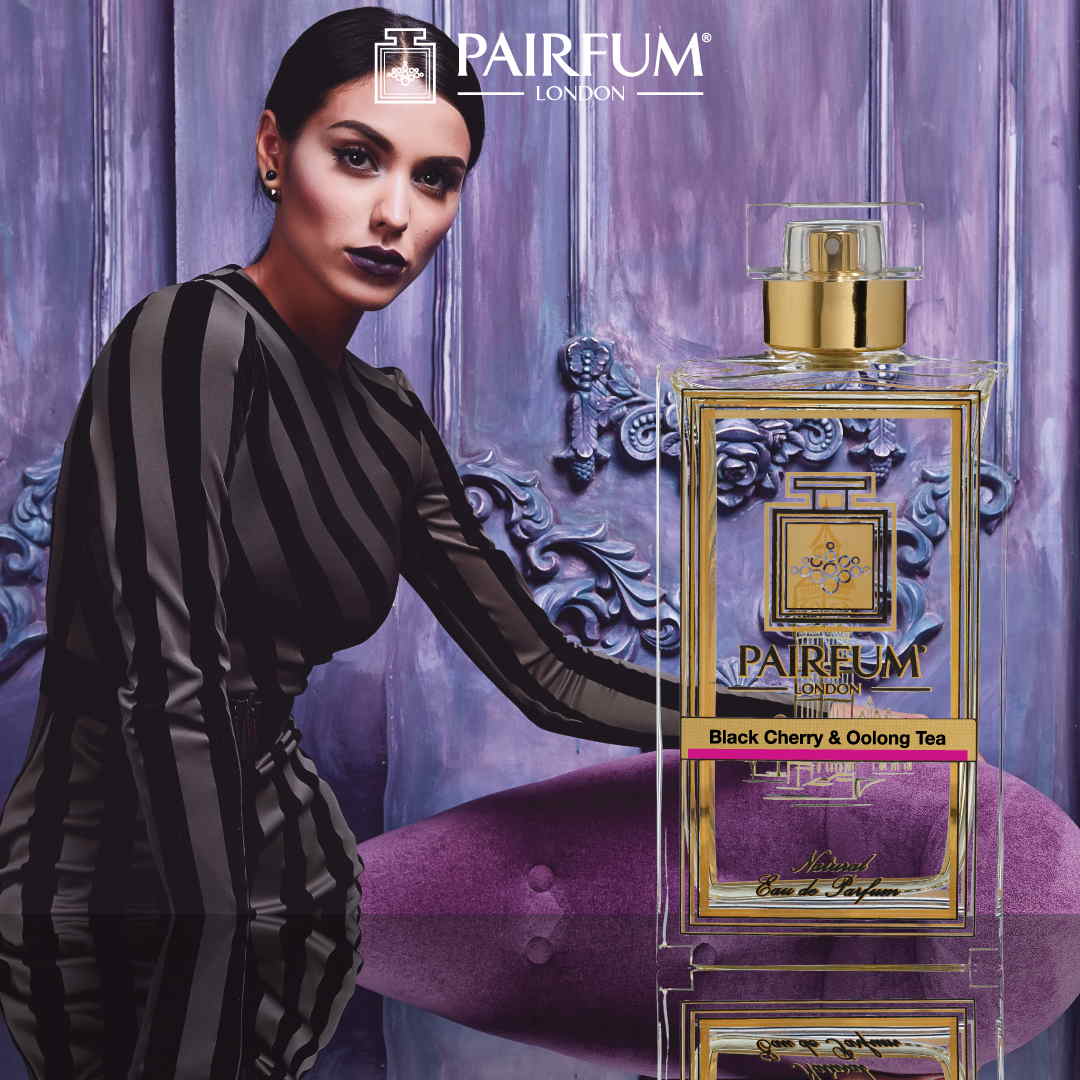
Lifestyle and Symbolism
A garden tree filled with small red berries or a deciduous shrub where ripe berries glow among green leaves offers more than beauty. These plants have meaning. Hawthorn berries are tied to fertility in folklore, while holly berry remains a powerful seasonal symbol of protection and festivity. Aronia arbutifolia, with its clusters of bright red berries, signals resilience in cold weather.
Perfumes draw on this symbolism. Fruity accords echo the joy of edible red berries or evoke images of wild berry strewn hedgerows. Cherry and raspberry convey romance, while fresh berries infuse vitality and positivity. Whether referencing foliage on a tree, woodland berries nestled on a berry bush or exotic goji berries in recipes, the imagery enriches the emotional connection of fragrance.
The Healthy Appeal of Edible Berries
While not a direct concern of perfumery, the link between berries as edible fruit and their sensual scent cannot be ignored. Aside from their fragrance, edible berry types such as strawberry, blueberry, cranberry and gooseberry are celebrated for their high vitamins, antioxidants and flavour. Many appear in desserts, jelly, ice cream or juices, bridging taste and smell. Using red fruits as notes therefore resonates strongly because they align with the familiar comfort of food and drink.
Red Berries in a Personal Pairfum London Fragrance
Black Cherry & Oolong Tea – Eau de Parfum by Pairfum London
The home fragrance begins with a vibrant burst of Black Cherry, Bergamot, Red Berries, and Almond. At its heart lies a refined blend of Oolong Tea (both fruity and smoky) woven with Bulgarian and Turkish Roses and a touch of Liquorice. The composition settles into a sensual base of Aniseed, Tonka, Iris, and Patchouli.
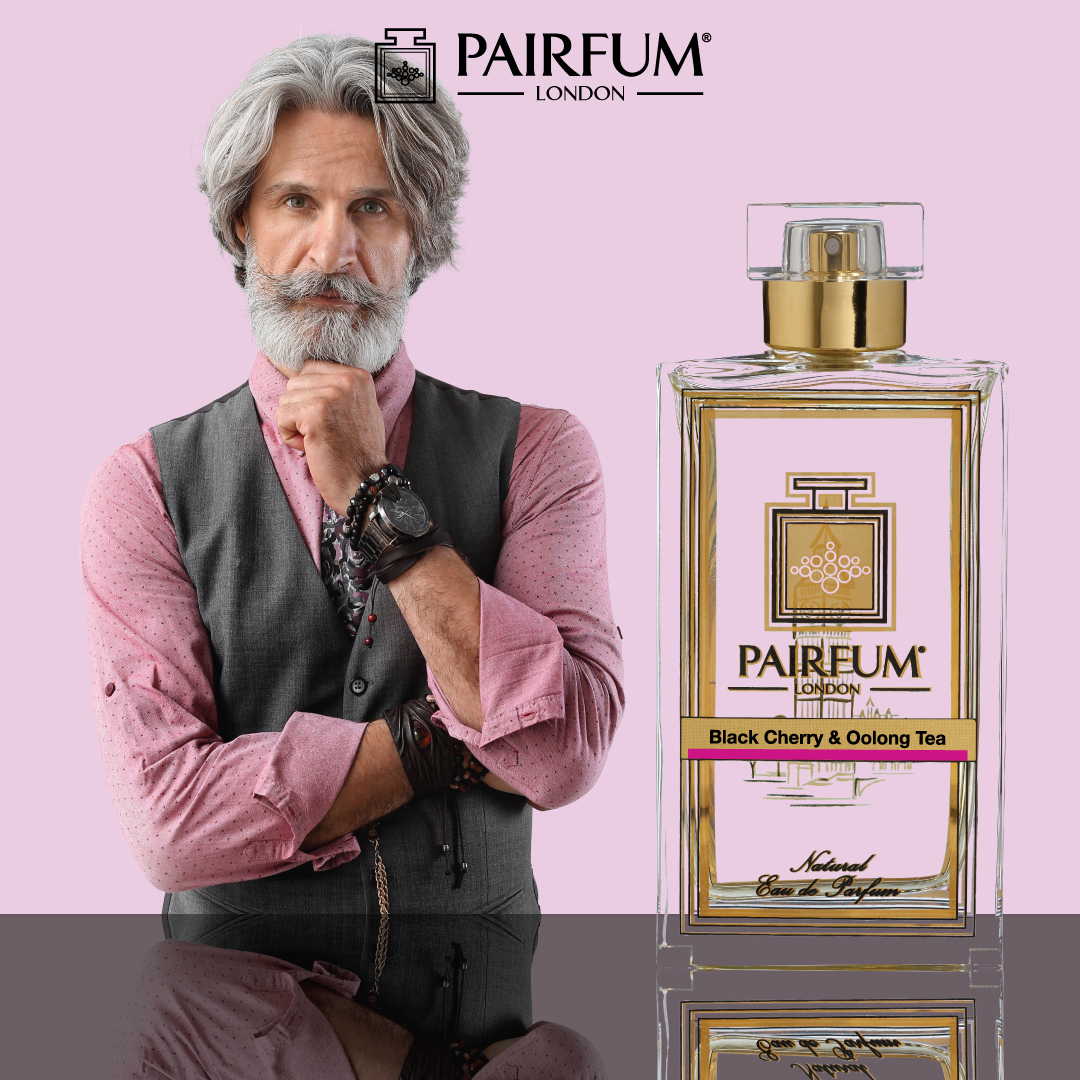
The Future of Red Berries in Perfumery
The red berry continues to thrive in both mainstream and artistic fragrance. With advances in biotechnology, perfumers can replicate the most authentic nuances of fresh berries and ripe fruits without impacting natural habitats. Sustainable approaches ensure that the image of freshly picked berries from a berry bush or woodland tree remains an inspiration without depletion.
Red berries encapsulate the essence of nature: playful, bold and timeless. Whether it is the jammy richness of raspberry, the woodland tang of lingonberry, the sparkling top note of red currant or the indulgence of cherry, these small red berries remind us of the beauty of fruit in scent. From the holly berry on a Christmas tree to the aronia arbutifolia glowing with bright red berries in autumn, perfumery will long remain enchanted by them.


